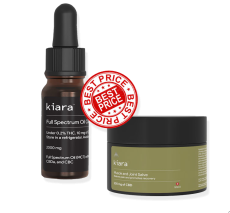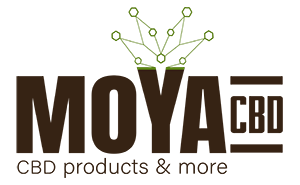Ten things you may have not known about CBD
- The CBD molecule found in the cannabis plant (flowers, leaves, branches) is the same in marijuana and hemp (HEMP). The cannabis plant has two main varieties – hemp and marijuana. Their molecular composition is the same; both strains contain all the active substances but in different concentrations. While the marijuana plant can have very high concentrations of the psychoactive molecule THC (up to 25% or more), in the hemp plant, the concentration of THC does not exceed 0.3%.
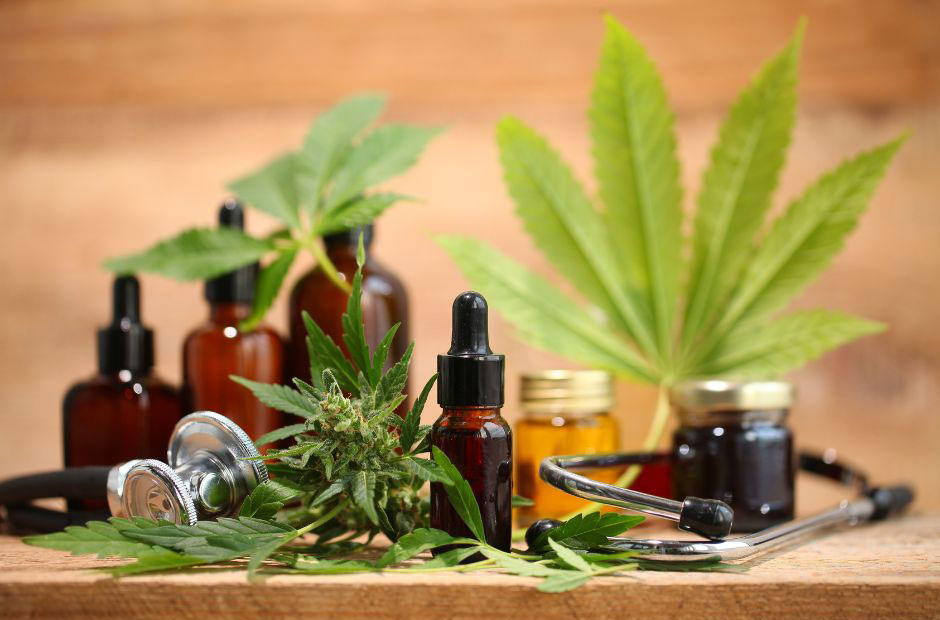
- Hemp seed oil and CBD oil differ since cannabis seeds do not contain active substances such as THC, CBD and other cannabinoids, flavonoids and terpenes. The source of confusion among many consumers is related to historical, cultural and social reasons, but the explanation is straightforward. Hemp seeds have many health benefits, such as amino and omega acids. It is an excellent health supplement that can be bought at a natural products store and a perfect addition to salad and various foods as per the imagination and taste – but it does not contain the active substances called cannabinoids, flavonoids and terpenes. These substances are formed mainly in the plant’s inflorescences and a little in the leaves and stems. Phytocannabinoids derived from the cannabis plant are unique and rare substances in nature. Their strength and influence on the human body and state of mind are related to their compatibility (no less rare) with the CB1 endocannabinoid receptors in the cells of the central nervous system and brain and CB2 in the cells of the immune system and the peripheral organs of the body.
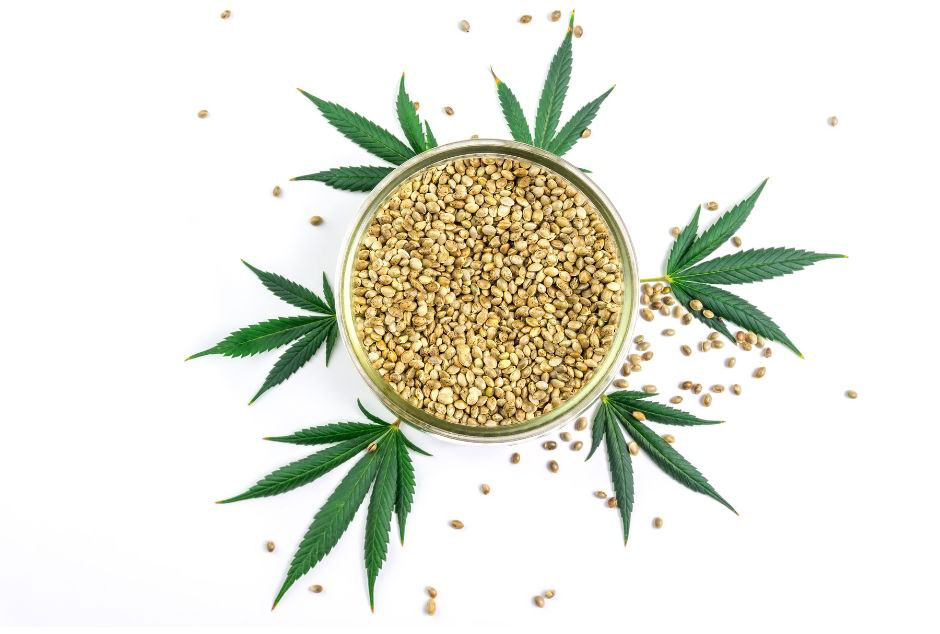
- Contrary to popular myth – CBD does not turn into THC in the stomach.
In the early 2000s, as part of the struggles to keep CBD within the Dangerous Drugs Ordinance, myths were spread that CBD consumers actually “work the system” and manage to wean off CBD. The central tale involved the theory that CBD is converted to THC in the stomach and was allegedly based on experiments that proved this using simulated gastric fluid. In 2017, the World Health Organization (WHO) wrote a comprehensive report on CBD safety in which the experts address this question and state:
“Simulated gastric fluid does not exactly replicate physiological conditions in the gastrointestinal tract, and conversion of CBD to THC has not been demonstrated in humans treated with CBD.” Today it is known that it is possible to turn CBD into THC under laboratory conditions; still, the process will be so expensive and complicated that no one will start it at all, and in general, it seems that today in 2023, the idea and fear that the general public uses CBD to turn it into THC is absurd entirely.
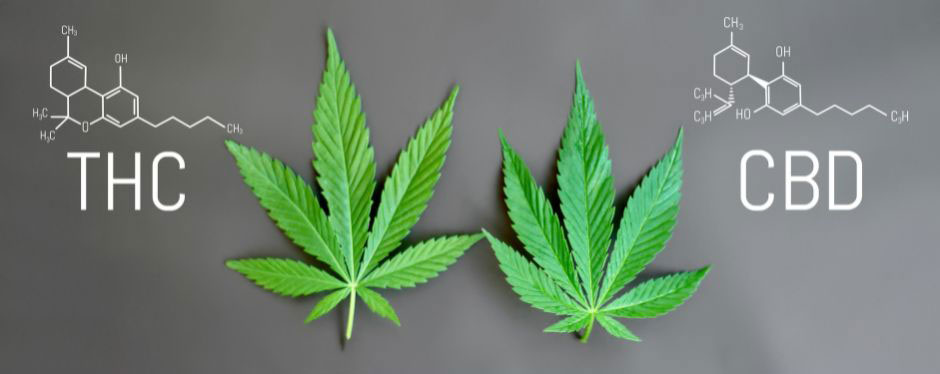
- A low dose of CBD will lower blood pressure – on the other hand, a high amount of CBD will usually balance blood pressure but not necessarily lower it. CBD may be a substitute and complementary treatment for aspirin. CBD affects the blood and heart system by relaxing the tension in the smooth muscle around the blood vessels, and as an agonist of the transcription factor PPARy, it helps to clean waste from the walls of the blood vessels themselves. More information on the subject can be found at the link: CBD and treatment of vascular and heart diseases
- In 1999, the American government registered a patent for the antioxidant and protective properties of cannabidiol’s nervous system cells. Many of the studies mentioned as scientific sources for the patent were conducted at the Hebrew University of Jerusalem as part of the pioneering work of Professor Raphael Meshulam. In addition to detailing the pharmacological properties of CBD, you can also find information about the high pharmacological safety of CBD and it’s being a substance that is well tolerated by the human body.
Link to the patent
- CBD doesn’t get high – THC does. You already know that. But not many know that CBD has a moderating effect against the action of the THC molecule. THC binds with high affinity to the CB1 and CB2 endocannabinoid receptors. In contrast, CBD does not bind to them, and its mechanisms of action differ and are only indirectly related to these receptors (by inhibiting the FAAH enzyme that breaks down the endocannabinoids in the synaptic space). This is why cannabidiol does not have an intoxicating effect (HIGH). Today, researchers know CBD inhibits the enzyme FAAH in its breaking down action; it causes endocannabinoids such as anandamide and AG-2 to work longer and more efficiently in the synaptic space. Some of these endocannabinoids bind to CB1 and CB2 receptors and thus compete with the THC molecule, which, as mentioned, also binds to them. It is believed that CBD has a moderating effect on the effect of the THC molecule.
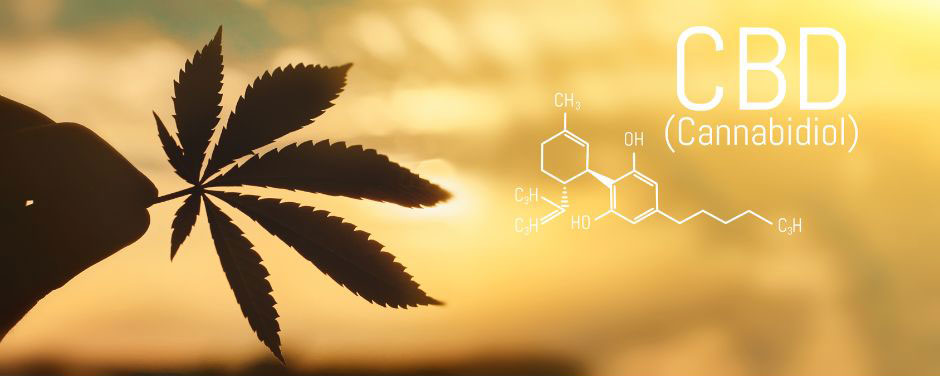
- Cannabidiol is not a sleeping pill. For some people who take CBD for the first time, it sometimes acts as a stimulant and causes sleepiness for others. Usually, these are side effects that disappear after a few days. If CBD consumption causes drowsiness, one should avoid operating heavy equipment or driving, and it is recommended to reduce the dose to a level that does not cause sleepiness during the day. As mentioned, over-arousal or over-sleepiness are side effects that few consumers experience in the first few days of use. Still, CBD has an indirect and balancing effect on the sleep mechanism by cleaning the absorption mechanism of the adenosine molecule responsible for falling asleep and quality sleep.
Want to know how CBD can help your sleep? Enter the article: How CBD oil can help sleep.
- CBD often has a positive effect on animals as well. In most animals, there is a responsible endocannabinoid system, as in humans, for the balance between the body and the mind. The mechanisms of CBD in animals are the same as those in humans, so the effect of CBD on animals will be beneficial and desirable, especially for animals with inflammation, joint pain and ageing.
- 66% of people in the US who reported that they had already tried CBD products responded that they would continue to use them because of their remarkable effectiveness. An in-depth survey published two years ago by the Gallup Company reveals that 14% of Americans regularly use CBD products. Yes, 1 in 7 Americans use cannabidiol (CBD) to improve their quality of life. It is about almost 50 million Americans who make daily use of CBD. The segmentation of users shows that 40% use CBD to relieve pain—about 20% to reduce stress and anxiety, and 11% to improve and balance sleep quality.
- CBD does not change consciousness, and it is impossible to “get high” from it, but it positively affects consciousness. Many of the consumers report feelings of calmness and relaxation and mental ability to deal with everyday difficulties more easily: balance, the joy of life, energy and vitality, optimism, relief, relaxation, replenishment, recharging, thinking outside the box, stability, “flow”, alertness, peace, Self-confidence, focus: without the feeling of intoxication or “HIGH”, these are the positive “side effects” of the CBD.
Want to experiment with quality CBD products?
MOYA recommends several products suitable for treating a variety of problems, it is worth taking a look at the store and learning our many products. For free advice and to select the right product for you – contact us